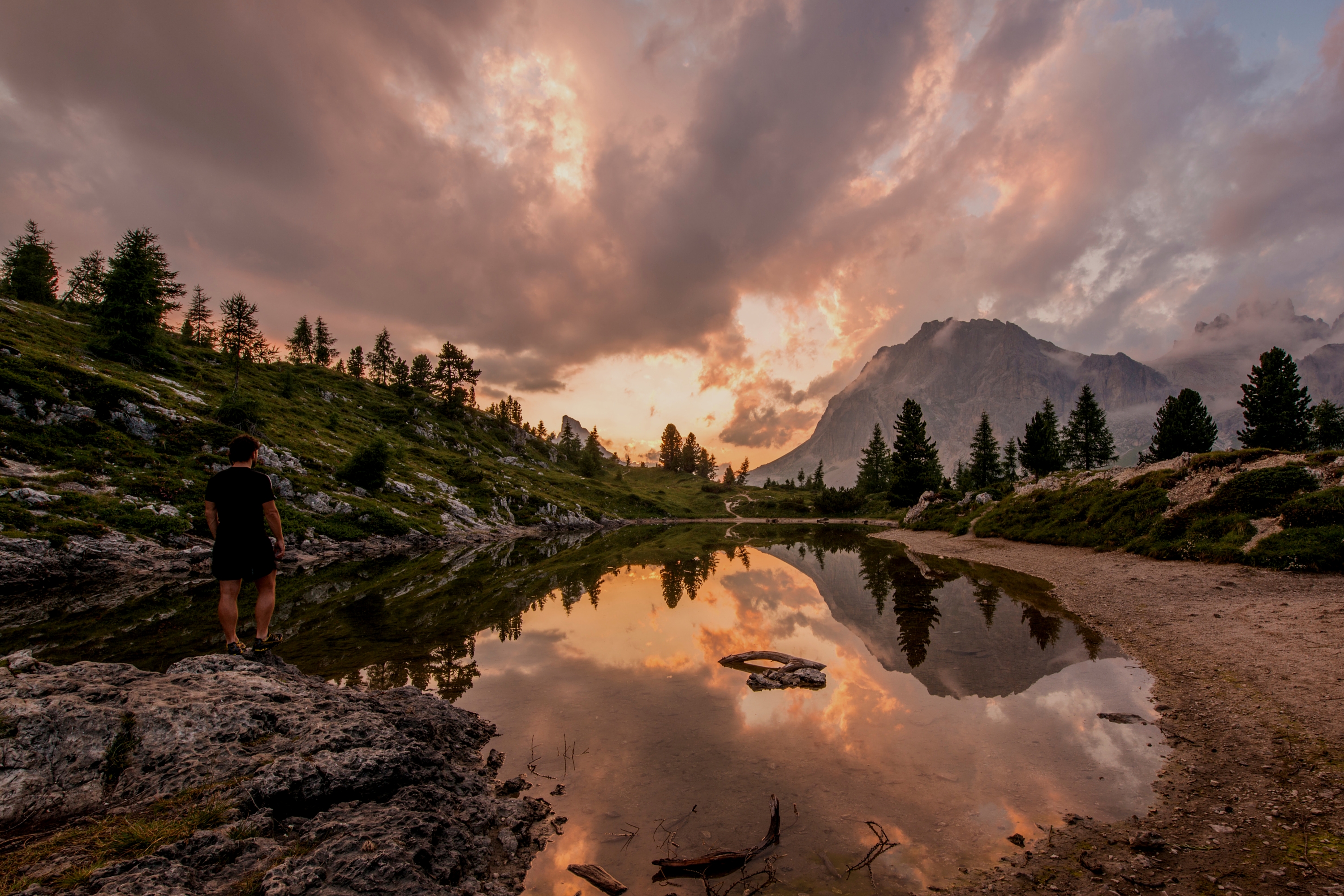
Embrace of the Earth 2016
Document Type
Audio File
Publication Date
2016
Abstract
Session description: The anthropocentric mode of consciousness constructs reality in terms of subjects and objects and is predominantly human focused. This "tool-making" consciousness enabled homo sapiens to accumulate knowledge, found religions, establish an ego, build civilizations, and develop technology and science. It also created the Anthropocene Era of climate change and mass extinction. Standing in contrast is an Earth-centered mode of consciousness that survives from Paleolithic times. This integrative mode experiences the Earth as a mother, the stones, clouds, insects as "relations." Its integrated perceptions of nature are evident in the art of Ice Age caves in Europe and in the living testimony of worldwide indigenous cultures. Although the two mind modes interpenetrate and are equally the creative inheritance of our evolution, the anthropocentric mode has rendered the Earth-embodied mode almost invisible. If we rely solely on our anthropocentric mode of consciousness to solve the climate crisis - managing nature - we risk introducing new technologies that will generate new problems requiring new technologies, driving us further from the natural world we're trying to save. Illustrated with images of cave art, this presentation will invite a discussion of how we might recover our ancient Earth-centered mode of consciousness and find a new balance with nature.
Recommended Citation
Briggs, John, "Recovering the Earth Mind" (2016). Embrace of the Earth 2016. 3.
https://digitalcommons.ciis.edu/embraceoftheearth2016/3



Comments
John Briggs, holds a PhD in aesthetics and psychology from the Union Institute and University, an MA in Literature from NYU. He has written for years on the subjects of creativity and creative process in science and the arts, authoring and co-authoring several well-known books on chaos, fractals and creativity, including Fire in the Crucible (St. Martin's), Fractals: The Patterns of Chaos (Simon & Schuster) Looking Glass Universe (Simon & Schuster) and Turbulent Mirror (HarperCollins). Former senior editor of Connecticut Review, he guest edited the spring 2015 issue of About Place on the subject of "the Primal Paradox." He is a fine art photographer with a recent book of photographs, Curtains, windows on the unreality we live in. His stories and poems have appeared in numerous literary publications. He is an emeritus Distinguished Professor at Western Connecticut State University and a Fellow at the Black Earth Institute.